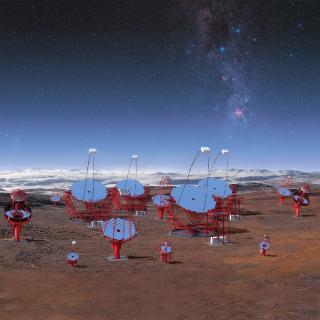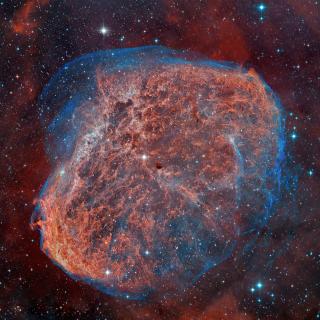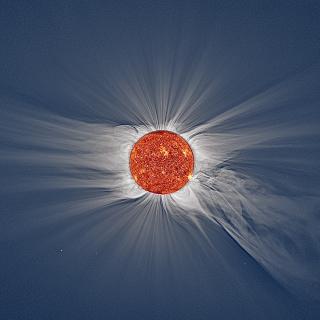The Japanese physicist Takaaki Kajita is one of the leading world experts in neutrino physics. These particles have a very tiny mass, and they hardly interact with other kinds of matter. This elusive quality meant that for many years after their prediction their existence was in doubt, even though they are the most abundant elementary particles in the universe. However since the 1950’s not only have they been detected, but it has been shown that there are several types of neutrinos, and that studying them could be the key to solving important puzzles about the origin of matter in the universe.
Japan is one of the leading countries in neutrino physics due to experiments such as Kamiokande (1983) and its successor SuperKamiokande (1996), Thanks to this second experiment, in a vessel 40 metres high with 50,000 tonnes of pure water in a deep subterranean mine, Kajita’s team discovered, in 1998, what we know as “neutrino oscillations”. This means that neutrinos can change their properties as they propagate through material, or through space, and this implies that they have mass. This discovery, together with that by the Canadian Arthur B. McDonald (with a different experiment) won for them the Nobel Prize in Physics in 2015.
At the present time, as Director of the Institute for Cosmic Ray Research (ICRR) of the University of Tokyo, Kajita is driving several international projects to develope multi-messenger astrononmy, which combines information from a variety of particles and waves to reveal the physical processes underlying extreme astrophysical phenomena. Among these intiatives we can pick out a new neutrino detector HyperKamiokande, 10 times bigger than Superkamikiokande, which could help us understand the asymmetry between matter andantimatter, and the interferometer Kagra for the study of gravitational waves, which will join the LIGO observatory of the US, and the European Virgo observatory.
In addition, Kajita is one of the promotors, since its inception, of the Cherenkov Telescope Array (CTA) the next generation of ground-bnased gamma-ray detectors, which is being installed at the Roque de los Muchachos Observatory, La Palma, and at the Paranal Observatory in Chile. In fact, since cosmic rays and neutrinos can be produced in the same sources, and are not diverted by intergalactic magnetic fields, because they are not charged particles, detecting very high energy gamma rays with CTA will play a key role in the discovery of new sources of neutrinos, as well as revealing the origen, as yet unknown, of hadronic cosmic rays, which interact with the matter which surrounds them,or with radiation, to produce high energy neutrinos.
For Kajita, there is no doubt that during the coming years multi-messenger cooperation will be the key to a new era of discovery which will revolutionize Particle Physics and Cosmology, and which will change our perception of the universe and of the world around us.
The Observatories of the Instituto de Astrofísica de Canarias (IAC) are a part of the Singular Scientific and Technical Infrastructurees (ICTS) of Spain.
The activities of the IAC in the CTA project are funded by the project “The four Large Size Telescopes (LST) of CTA-North in the ORM”, with reference ESFRI-2017-IAC-12 of the Ministry of Science, Innovation and Universities, co-financed to a level of 85% by the European Funds for Regional Development (FEDER) of the Operational Programe for Intelligent Development 2014-2020 and with Funds for the Development of the Canaries (FDCAN) provided by the Island Cabildo of La Palma (2016-2018) and from the Canary Autonomous Regional Government, via the Canary Agency of Research, Innovation and the Information Society (ACIISI).

The CTA is an initiative which is planning the construction of a new generation of Cherenkov Telescopes to study the universe in very high energy gamma-rays. Gamma-rays carry information about the most violent and extreme events in the universe.




